Increasing Equity in Education
through Stage-based Implementation of Universal Design for Learning in a Multi-Tiered System of Support
How can educators make sense of all the system design frameworks they encounter in the field?
Many times implementation of multiple initiatives looks like “parallel work,” when learners are in the same space, accessing the same resources and tools, but without interaction. Instead, implementation can be like “cooperative work,” that is, when learners are working with each other toward a shared goal and interact by making agreements about how to work together, assuming various roles, taking turns, and negotiating. In adult terms, this kind of implementation is best described as an intentional systematic approach.
Four System Design Initiatives
This brief explains how four important system design initiatives frequently promoted by state and local education agencies for school improvement can be implemented through an intentional systematic approach for a powerful, positive impact on student outcomes.
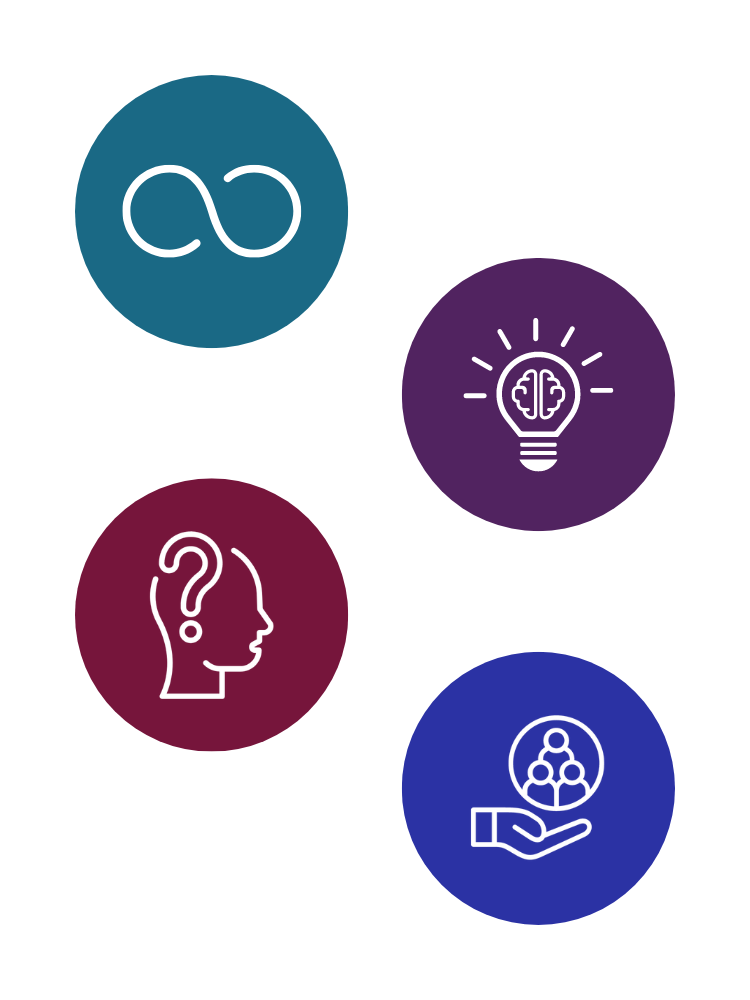
Grounding
Why is it important for schools, as well as local and state education agencies, to start integrating these frameworks? Research and best practice tell us that when integrated, these frameworks are innately responsive to increase equity and establish a seamless system that sets up educators to be successful in providing what each learner in their school needs, when needed, to achieve the positive learning and social outcomes for which they and their families hope.
The frameworks share four common foundations that create a fertile soil for such success. Each framework calls for schools to:
VISION
Have a clear vision of what they want to do.
TEAMS
Form leadership and implementation teams.
DATA
Use data to understand their current relationship to a shared vision or goals.
IMPROVEMENT
Elevate leaders who commit to making the necessary improvements or changes.
Our experience with many schools is that when these foundational components are united across the frameworks, rather than siloed, their implementation makes sense to the people involved (that is, they are coherent) and the initiative-overload burden on educators is reduced. The precise way that foundational structures take shape will necessarily vary because school leaders know their own students, educators, families, communities, and cultures; and so the way they work together with these partners to design their local system will vary within the broad outline of these foundational elements.
The Four Design Initiatives
Stages of Implementation
This process involves multiple stages of decision and action ranging from exploring the issues and options; to preparing the people and systems; to initially implementing part or all of each new practice throughout a school; and finally, to ensuring local and state education or management organization support for sustainability and possible scale up to other schools.
Equity Inquiries
Equity Inquiries amplify school leaders’ focus on who the students in the system are and how well the system serves them. In particular, systems-level critical Equity Inquiries gather multiple perspectives on how well the system serves historically under-resourced student groups identified by race, culture, language, ability, and so on (Skelton & Gorman, 2021).
Universal Design for Learning
Learner variability is predictable and can be organized across three brain networks targeted by the UDL framework: affective (the why of learning found in interest, effort and persistence, and self regulation); recognition (the what of learning exercised through perception, language and symbols, and comprehension); and strategic (the how of learning seen in physical action, expression and communication, and executive function).
Multi-Tiered System of Support
MTSS is a way that grade-level or content-area teams can provide equitable access and participation across the full range of brain variability, race, culture, language, and other student qualities, by understanding data about students and referring to decision guidelines to efficiently make, monitor and adjust instructional matches (McCart & Miller, 2020).
As technical assistance providers with expertise in four specific frameworks for educational system design, and with great appreciation for one another, we suggest how a coordinated Stage-based Implementation process with embedded, systems level critical Equity Inquiries at every stage can enable schools to establish Universal Design for Learning (UDL) principles and guidelines within a Multi-Tiered System of Support (MTSS) for adesigned experience in instructional decision making.

Before you do...
- What are the assets and the needs?
- How does the program or practice fit the local context?
- How feasible is implementation?

Get Ready...
- How are you going to build the needed implementation supports?
- How will you use data and information for making improvements?

Go Time...
- How is the initial use of the practice/program going?
- How do we get better in our implementation supports and use the practice or program?

Full Tilt
- Does the whole school community understand and is it invested in full implementation of the intentionally designed system and practices?
- Are students achieving the expected outcomes?
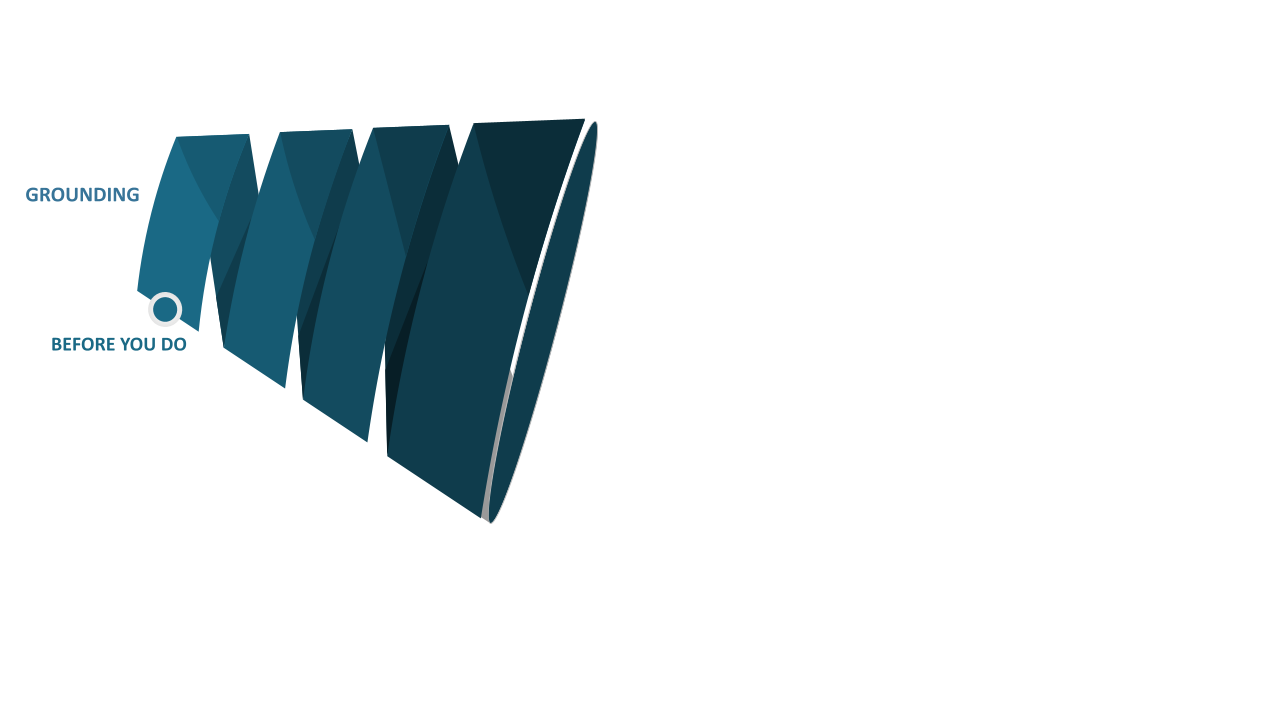



EXPLORATION - Before You Do
Taking this time to plan will be more efficient.
Equity Inquiry
Do your exploration activities support team members to investigate and determine how cultural assumptions, frames of references, perspectives, and biases influence the ways in which your team have come to understand your current context and system, including identifying needs and assets?
UDL
Does your team understand Universal Design to learning principles, including learner variability and barriers to engagement, representation and action and expression in learning environments?
MTSS
Does your team understand the concepts of designed experiences through a tiered system focused on fluid movement of instruction based on student data?

INSTALLATION - Get Ready
Give yourself time to test out if this approach is going to work in your context.
Equity Inquiry
How will you ensure content comprising capacity building activities, including professional learning experiences address problematic beliefs, policies, and patterns of practice that may affect effective implementation, for all students, particularly minoritized students, in addition to learning about specific practices associated with MTSS and UDL?
UDL
Do educators understand how to set learning goals and provide options to support learner success in achieving outcomes?
MTSS
Have your teams constructed a Resource Map of all your available instructional, curricular, facilities, personnel and other resources?

INITIAL IMPLEMENTATION - Go Time
This stage is the heart of the work, so take time to process how it is going.
Equity Inquiry
How will you collect information about ways implementation across schools may differ in terms of capacity and outcomes in relation to school demographics?
How will you identify contextual factors that may contribute to identified inequities in implementation?
How will you address these inequities so that all students equally benefit?
UDL
Are educators supporting the development of expert learners leading to sustained persistence on tasks and demonstrated success in meeting instructional goals?
MTSS
Have your teams worked to create Tiered Instructional Matrices across academic, behavioral, social-emotional and mental health aims?

FULL IMPLEMENTATION: Full Tilt
This stage is your opportunity to make small adjustments that will help to sustain the system for years.
Equity Inquiry
Do all students, families and educators, particularly from minoritzed communities realize the full benefits of implementation?
UDL
Can all learners access the general education curriculum, and do they have opportunities to demonstrate learner agency and expert learning skills and abilities?
MTSS
Have teams worked to see the Master Schedule fully represent the options outlined in the Resource Map and Tiered Instructional Matrix?
Are opportunities evident in the Master Schedule for fluid movement of resources and instruction to meet student needs?
We hope that the idea of “cooperative work” among these frameworks makes sense to you and you want to start to work at it. We suggest that your first move is a collective walk through the following infographic to deepen your teams' understanding, and then to form agreements about how you will make this journey in your school.
So what is your next step?

Contributors:
Tara Courchaine, Ed.D (CAST)
Lindsay Jones, J.D. (CAST)
Amy McCart, Ph.D. (SWIFT)
Seena M. Skelton, Ph.D. (GLEC)
Caryn S. Ward, Ph.D. (NIRN)
Kari Woods (SWIFT)
